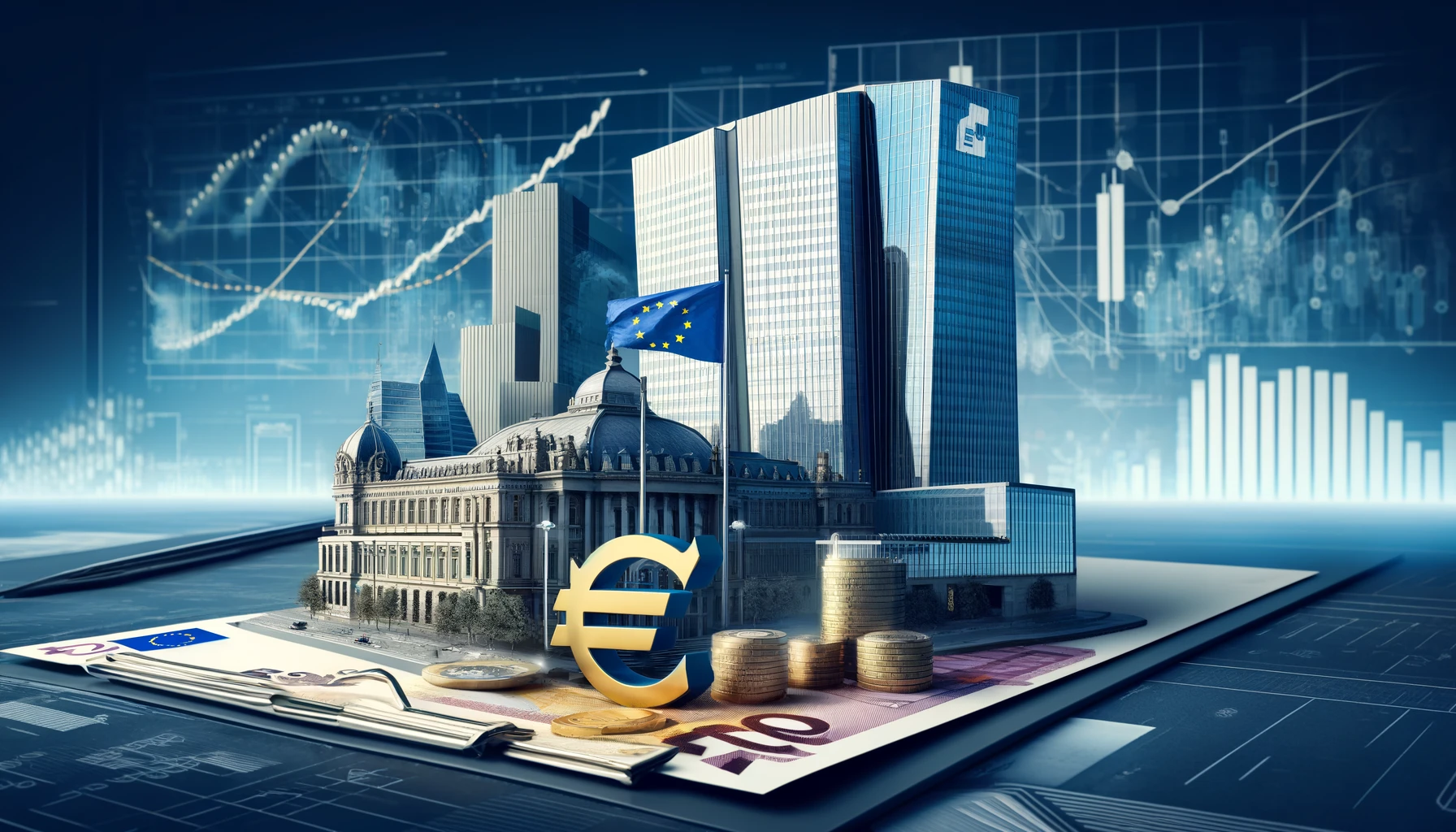The European Central Bank’s (ECB) recent decision to lower interest rates for the first time in almost five years was a significant event, yet the reaction from financial markets was surprisingly subdued.
The move, which brought the bank’s deposit rate down from 4% to 3.75%, was widely anticipated by investors. As a result, European and U.S. markets experienced only minor fluctuations. The pan-European STOXX Europe 600 Index saw a slight increase, closing at its second-highest level in history, while the euro remained relatively stable. Similarly, U.S.-listed exchange-traded funds tracking European equities experienced minimal movement.
The muted response perplexed some market observers. While the rate cut itself was expected, the ECB’s simultaneous upward revision for inflation in 2025, above its 2% target, seemed contradictory. This unexpected development left investors questioning the central bank’s strategy and contributed to the lack of enthusiasm in the markets.
Across the Atlantic, U.S. investors were primarily interested in the potential implications for the Federal Reserve’s monetary policy. While the ECB’s decision is unlikely to directly influence the Fed’s upcoming meeting, it could indirectly impact the U.S. central bank’s future decisions by potentially strengthening the dollar and influencing economic growth.
Some experts have noted that the rate cut could make European equities more attractive to U.S. investors, especially given their relatively low valuations compared to U.S. stocks. However, concerns about Europe’s weaker economic outlook and geopolitical risks have tempered this enthusiasm.
The ECB’s decision is part of a broader trend of central banks adjusting their monetary policies in response to changing economic conditions. As these policies continue to unfold, their ripple effects will be closely watched by investors and analysts alike.
The focus now shifts to the Federal Reserve’s upcoming meeting and whether the actions of other major central banks will influence its decision-making. The financial landscape remains complex and dynamic, with numerous factors contributing to market sentiment and investor behavior.


